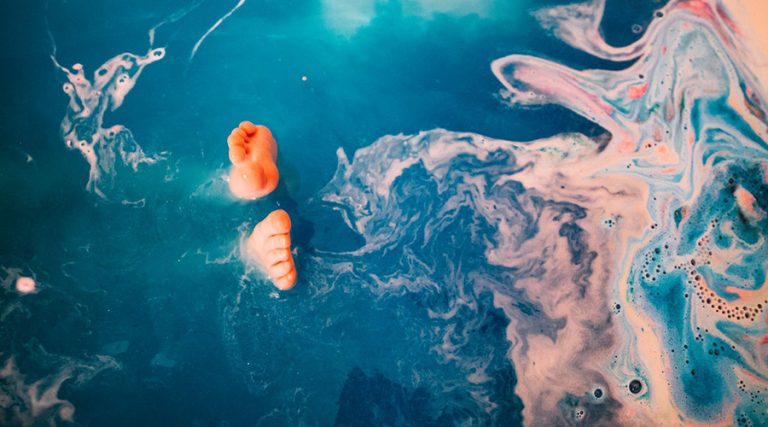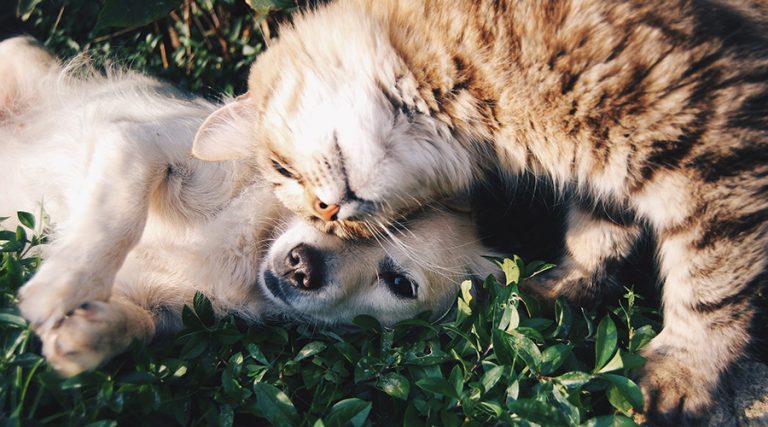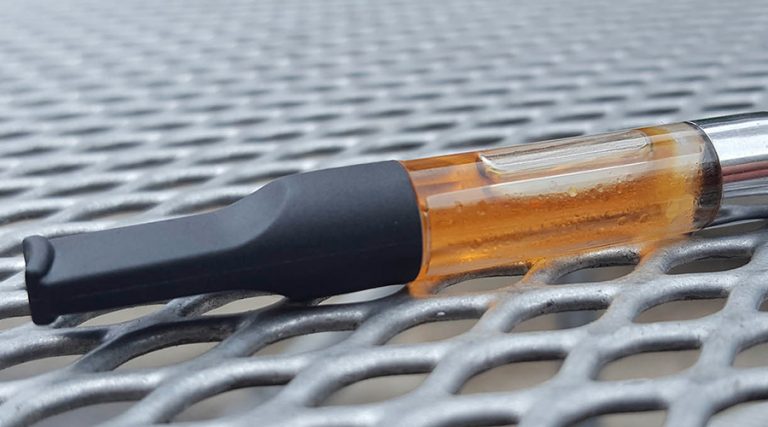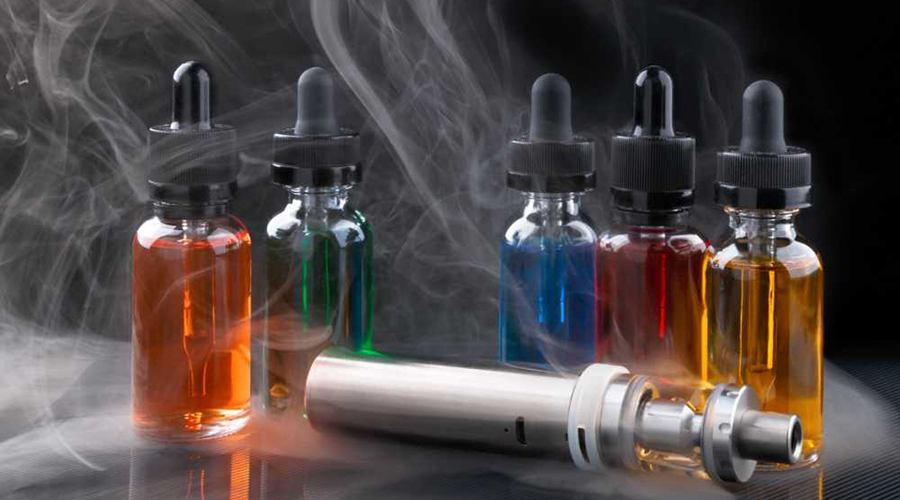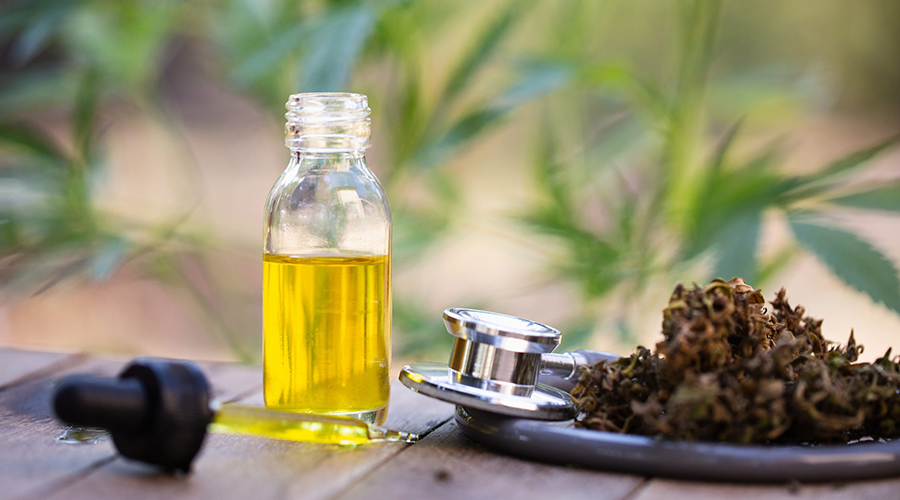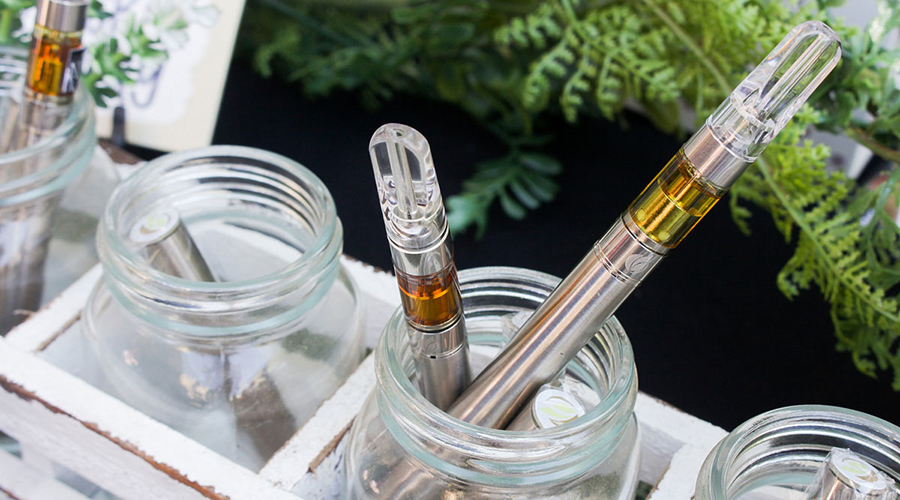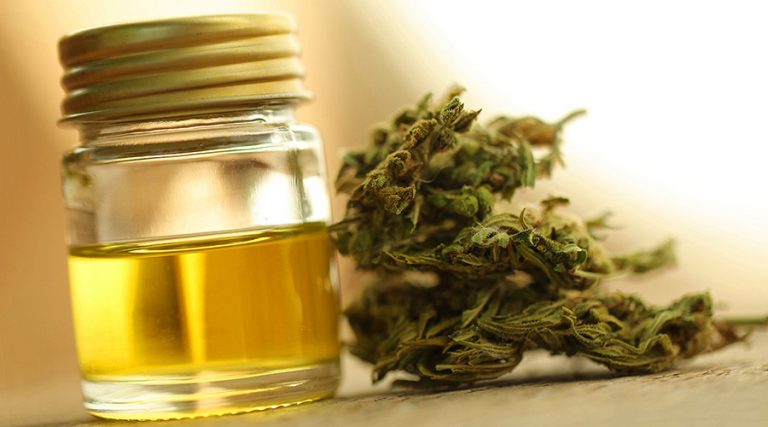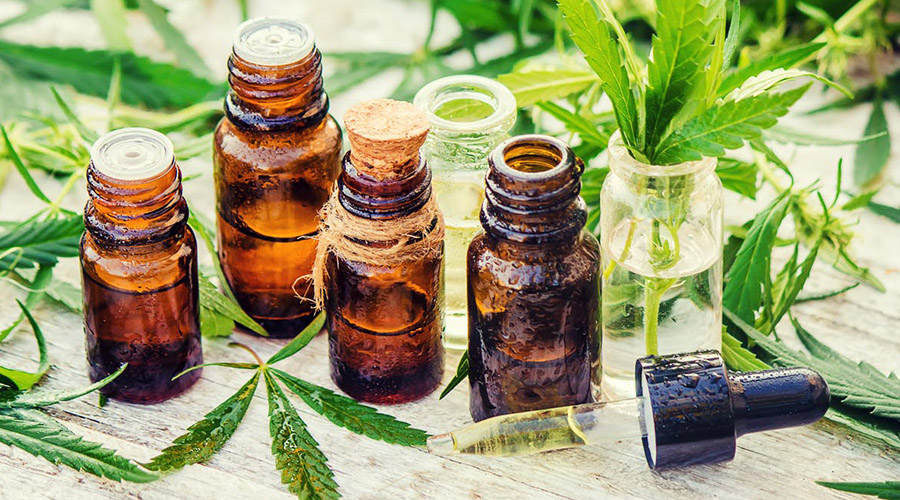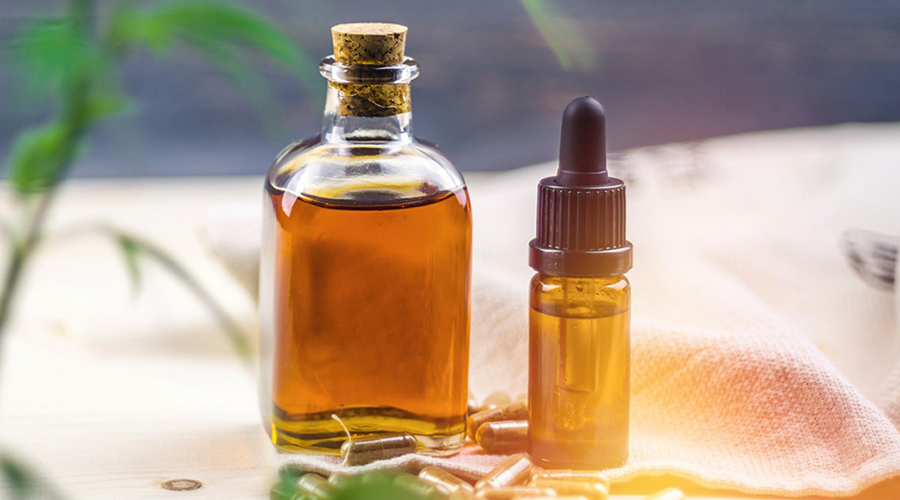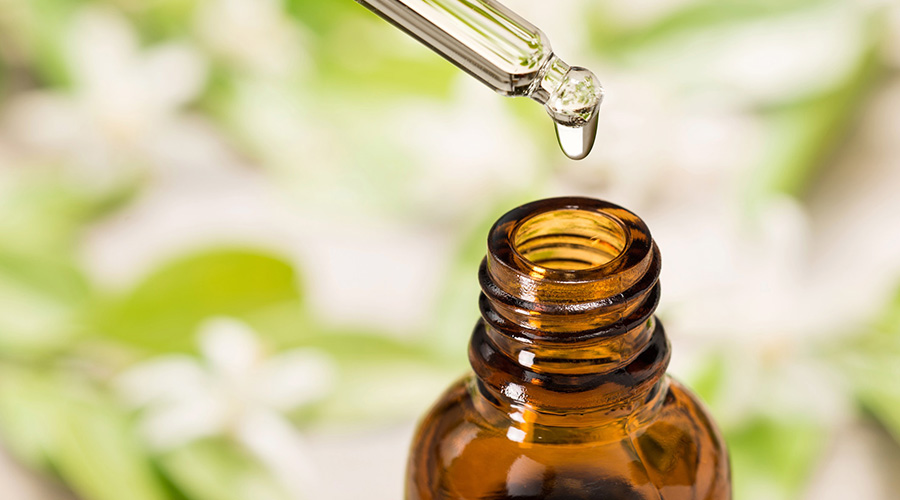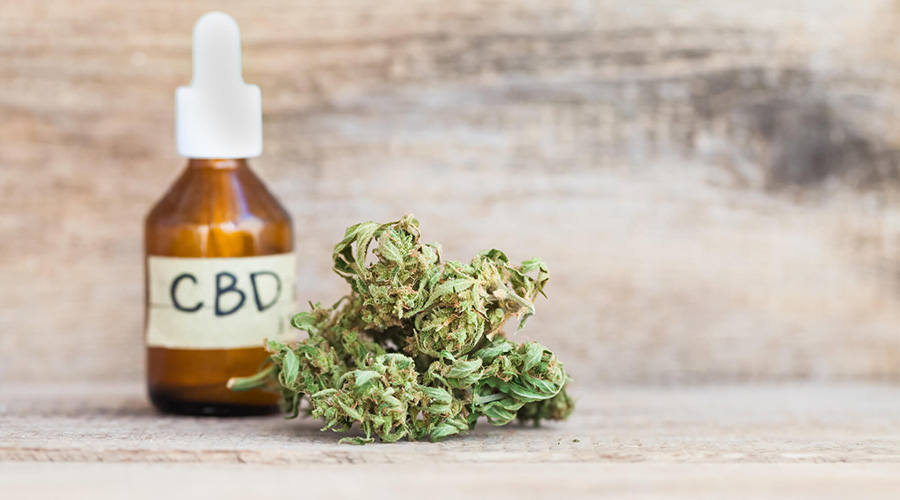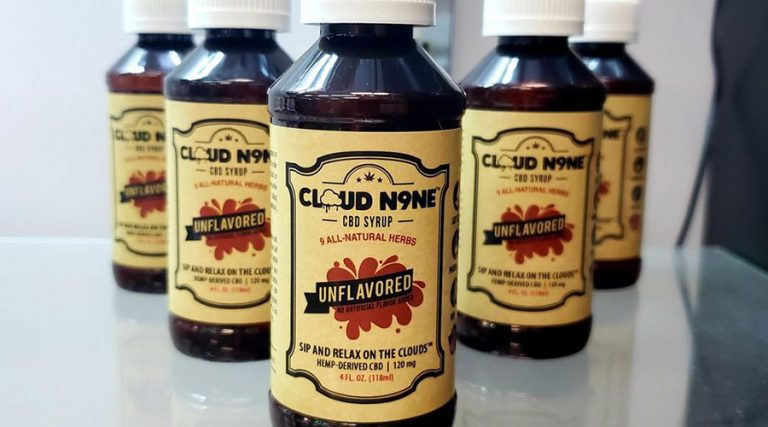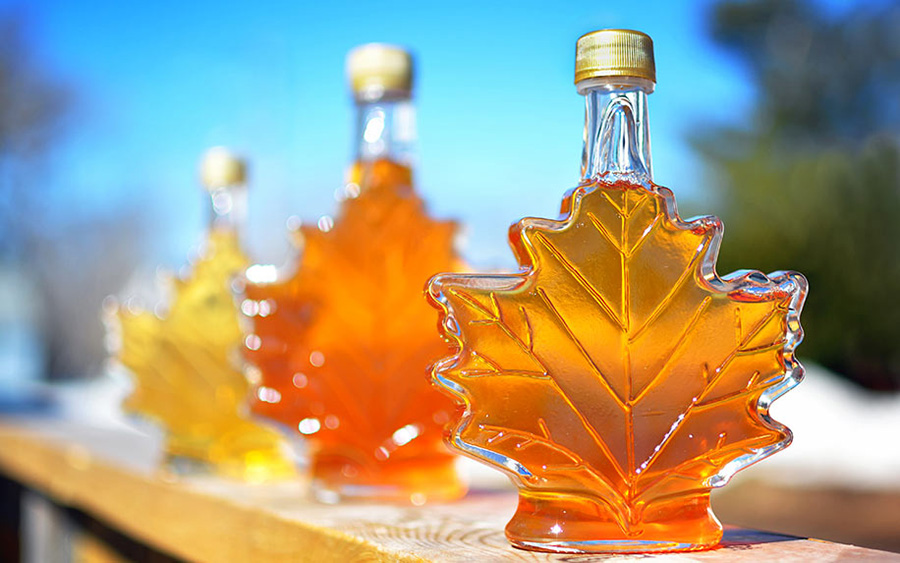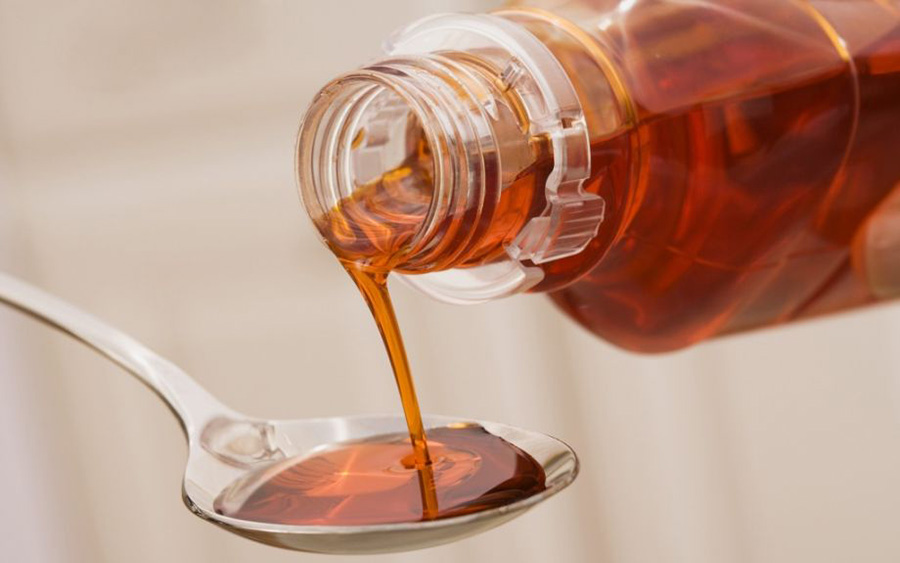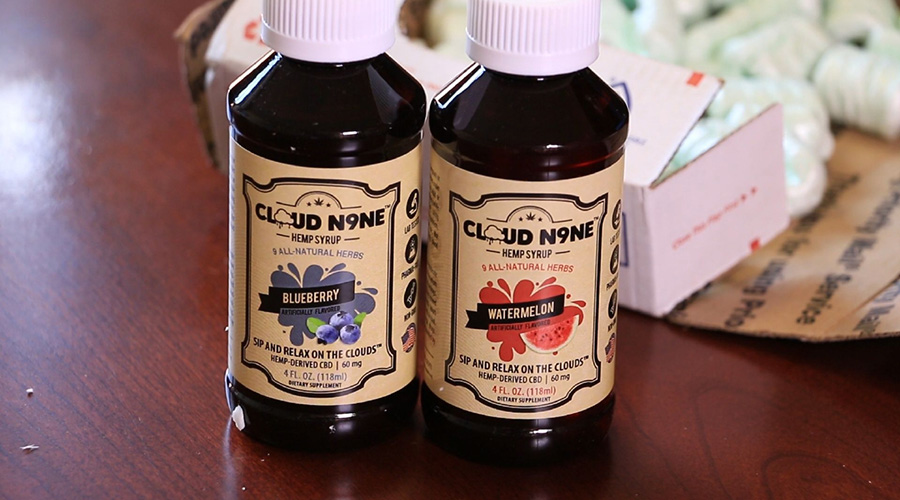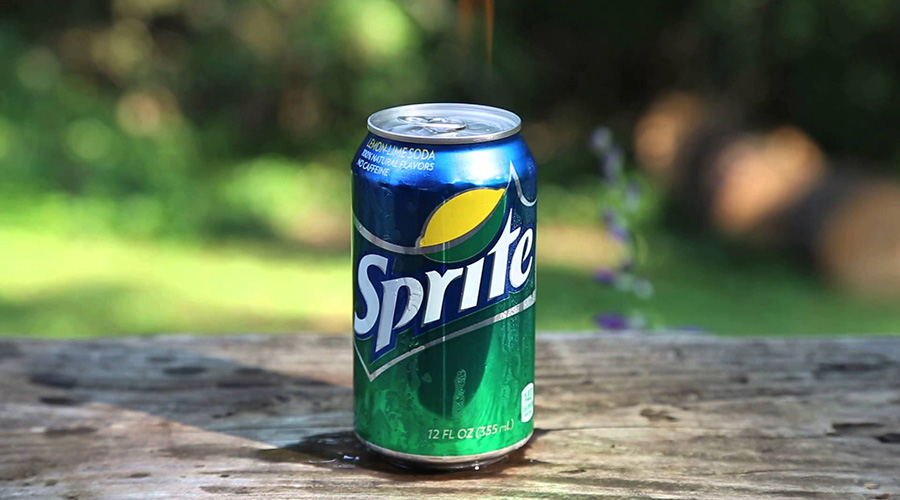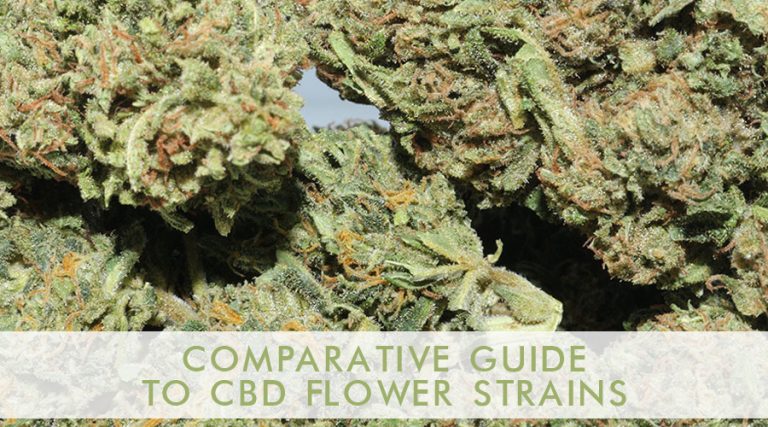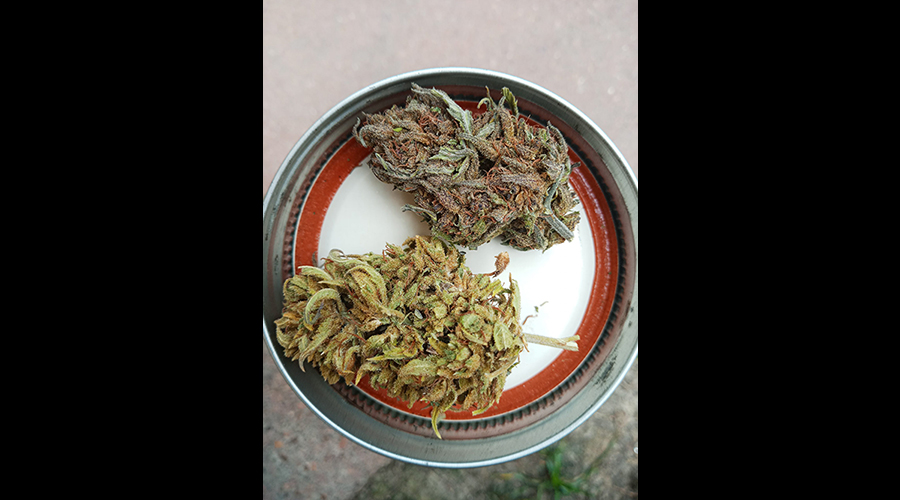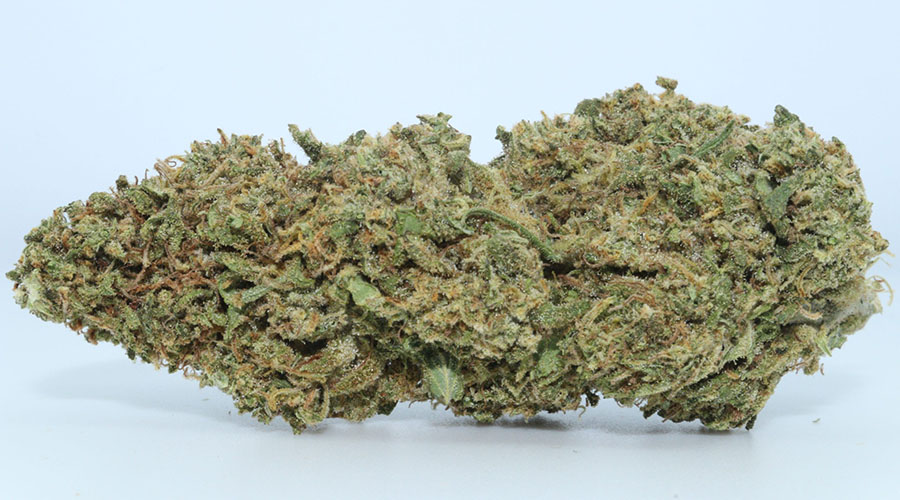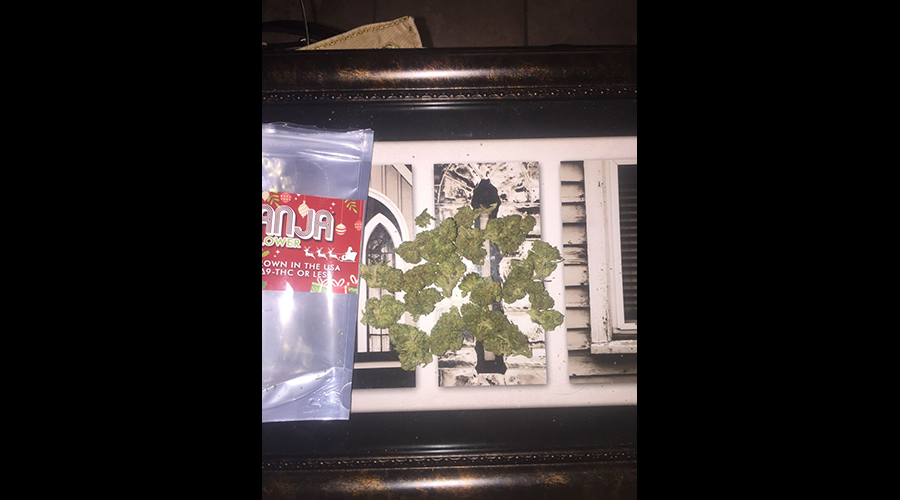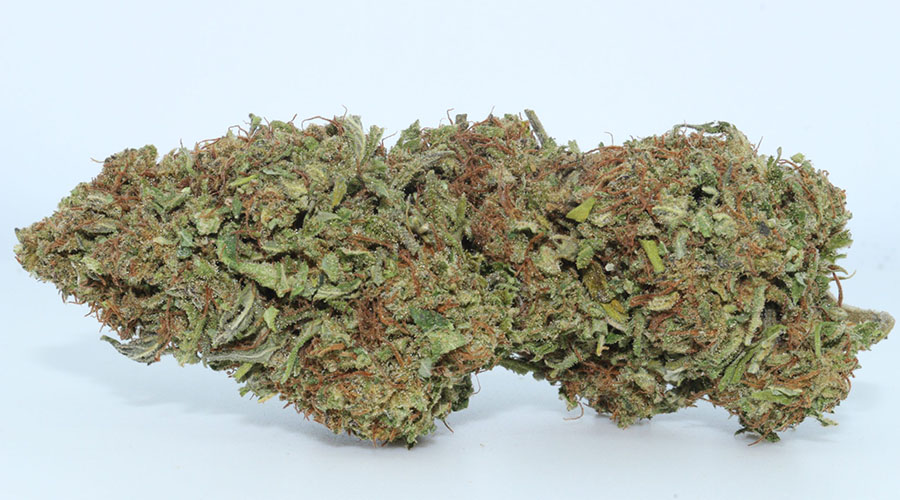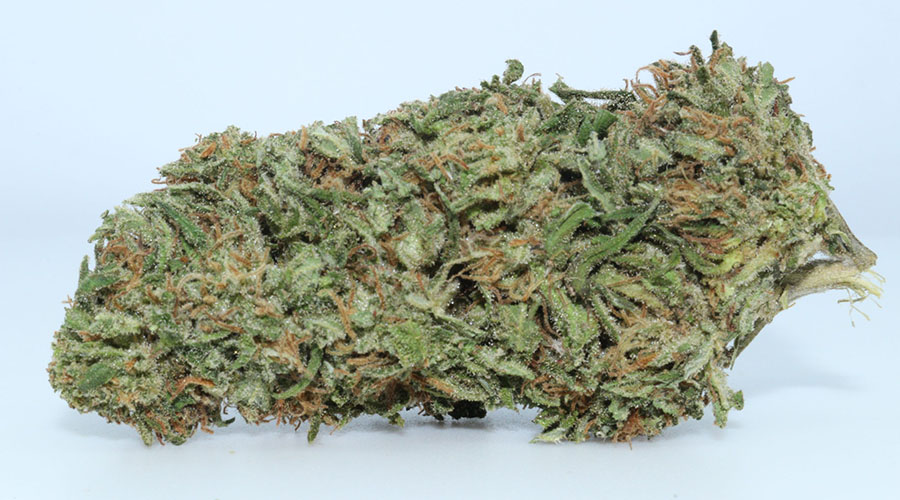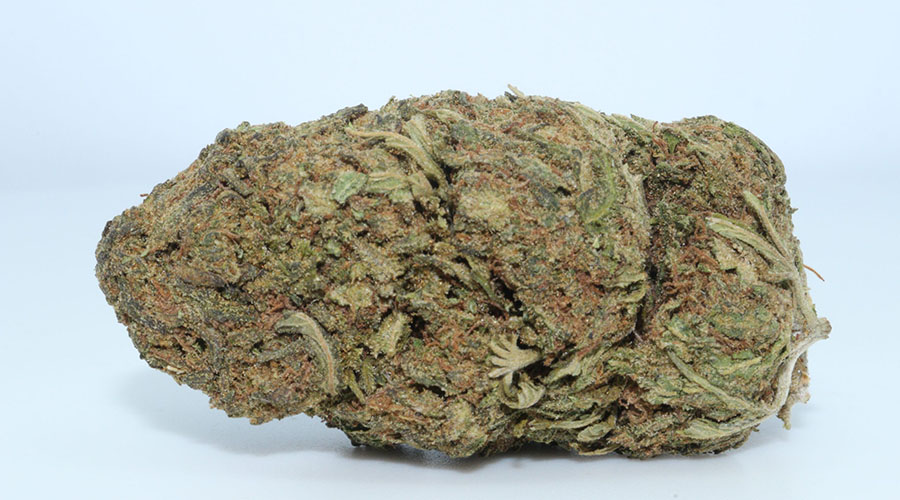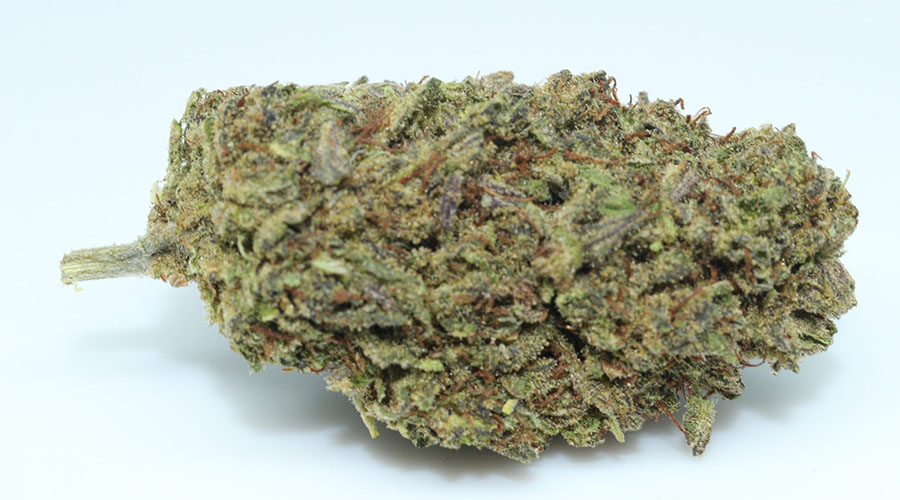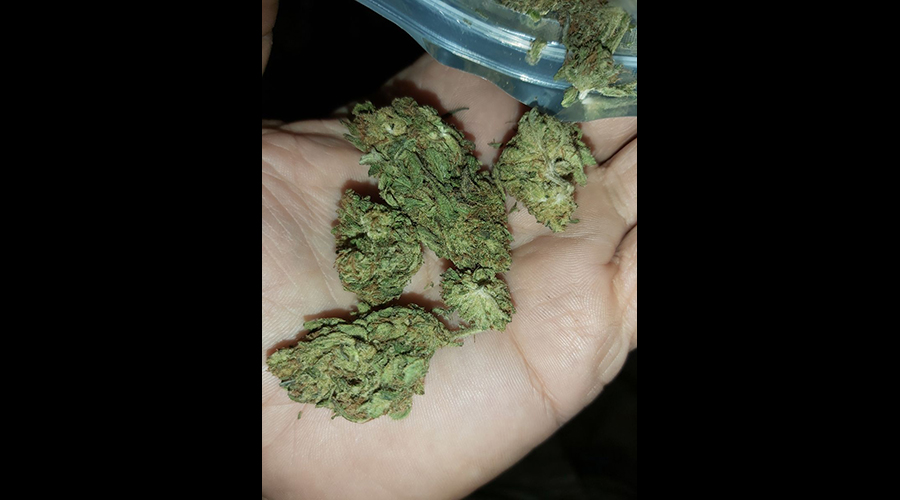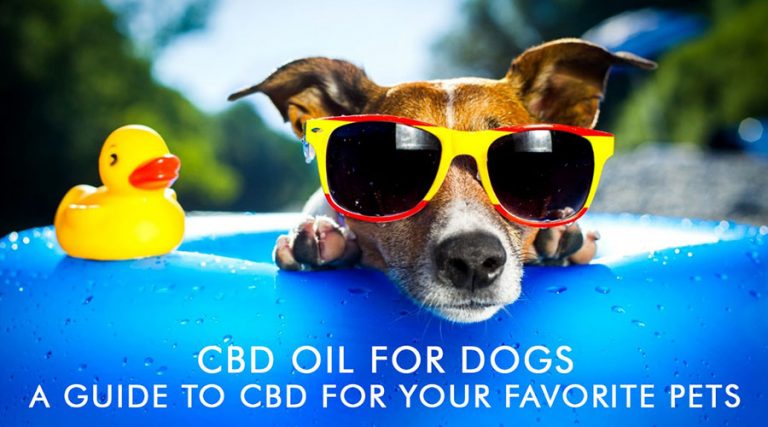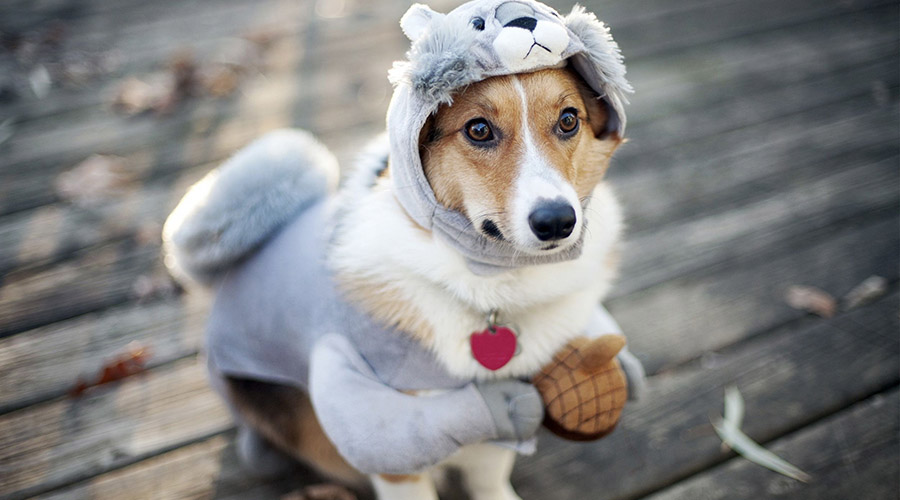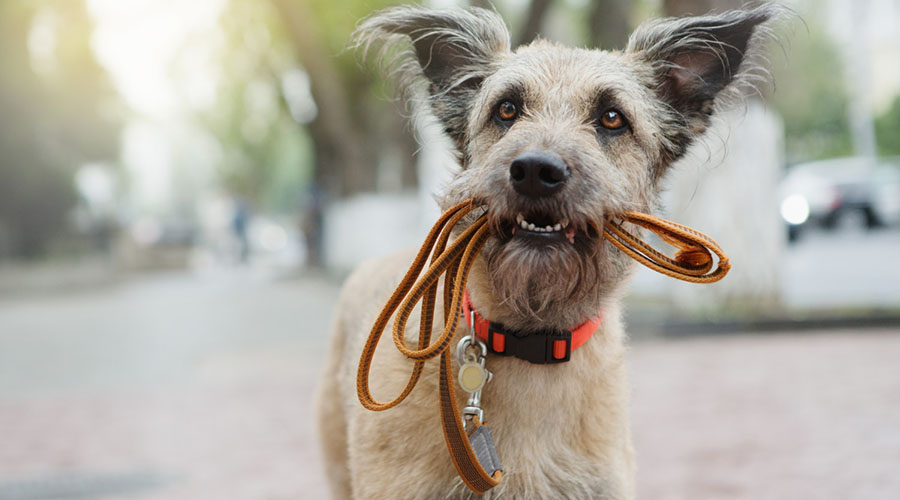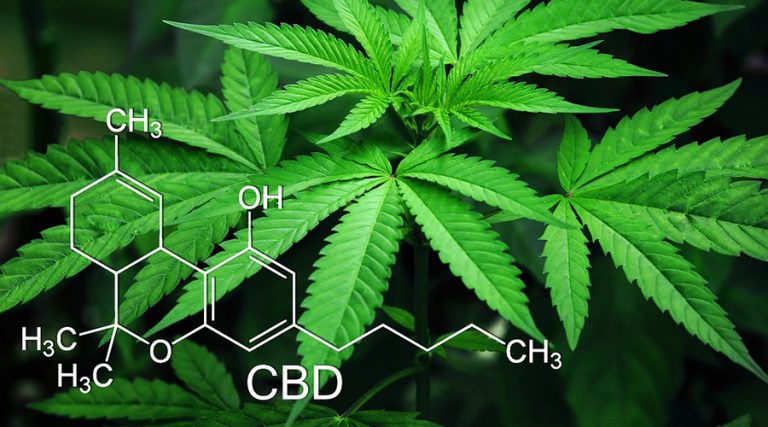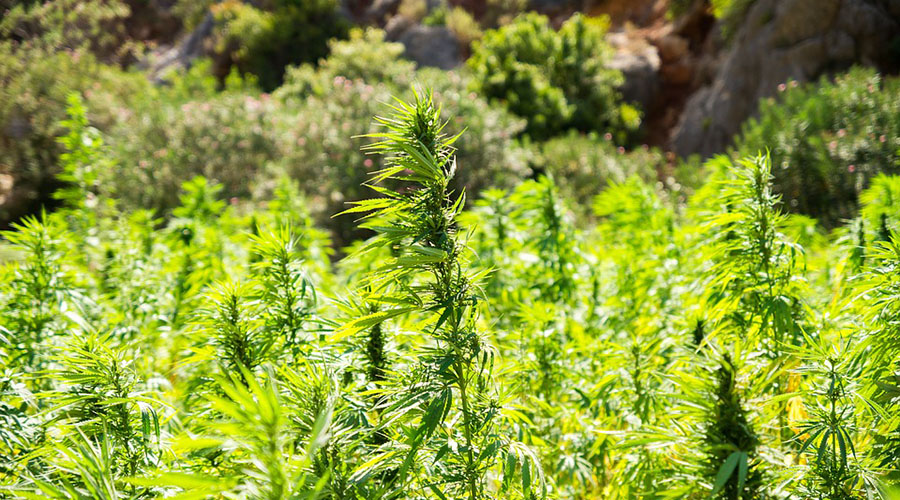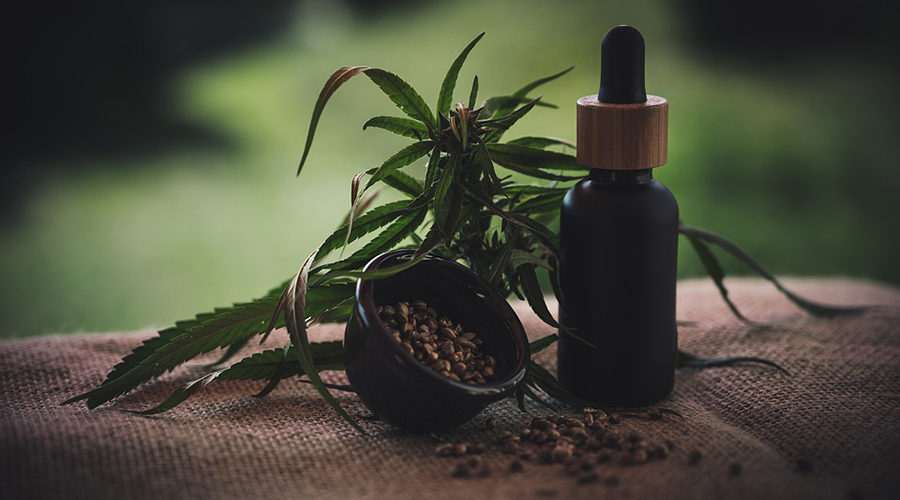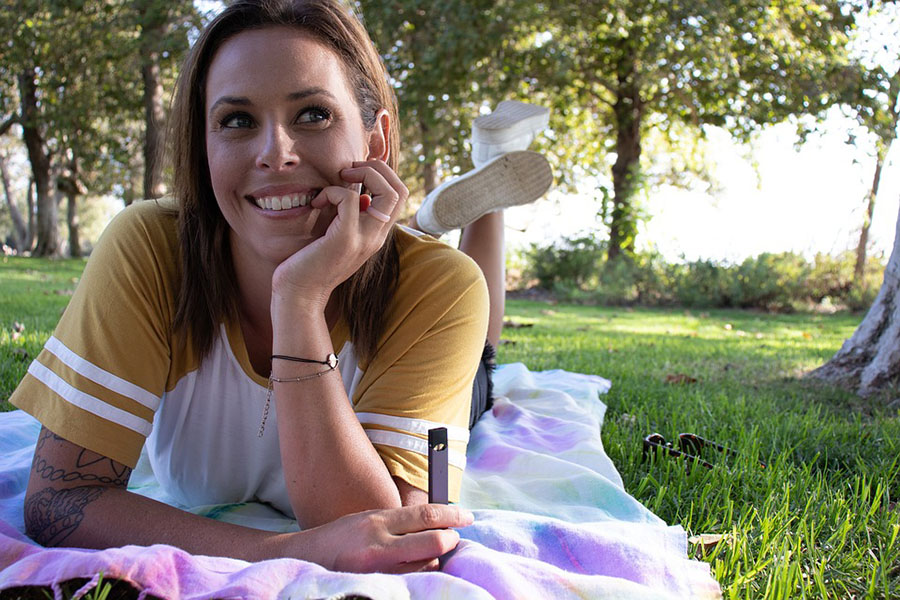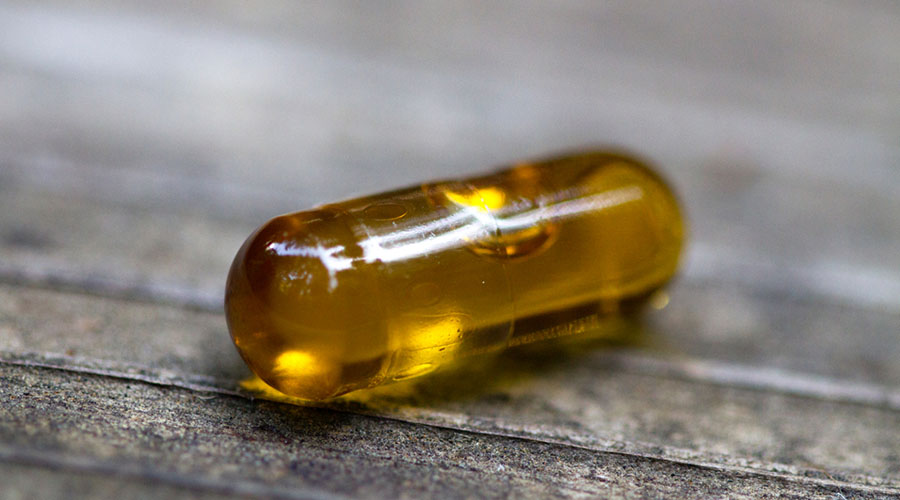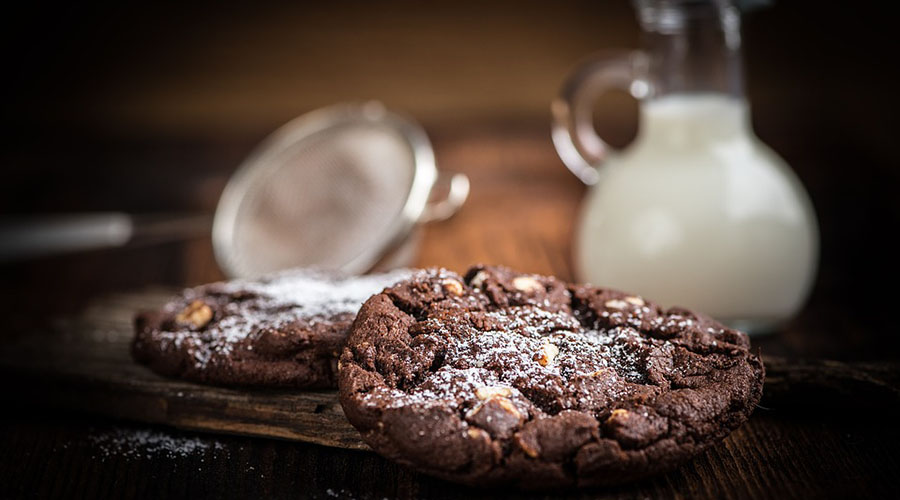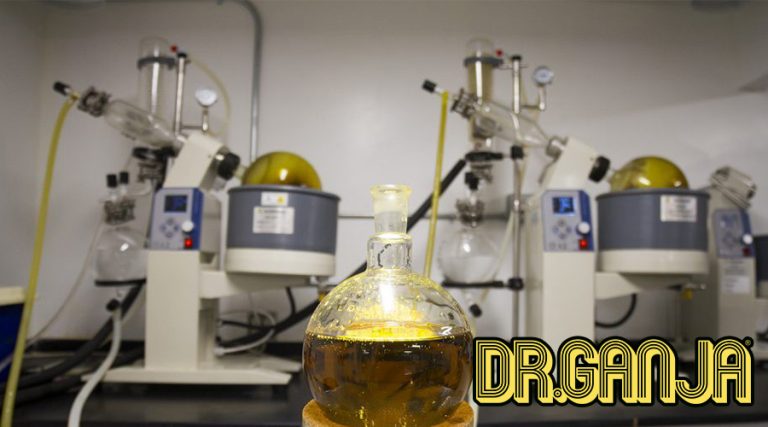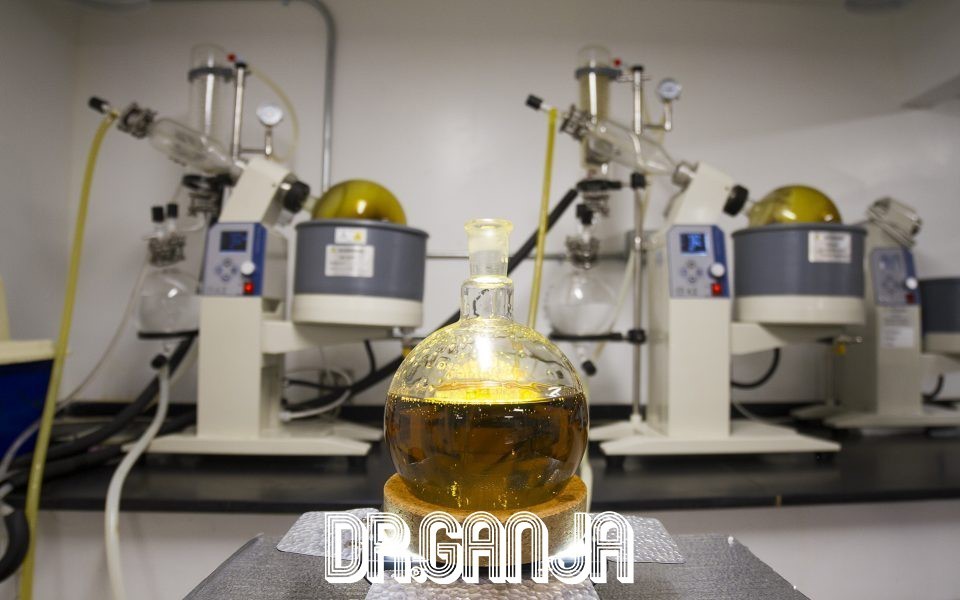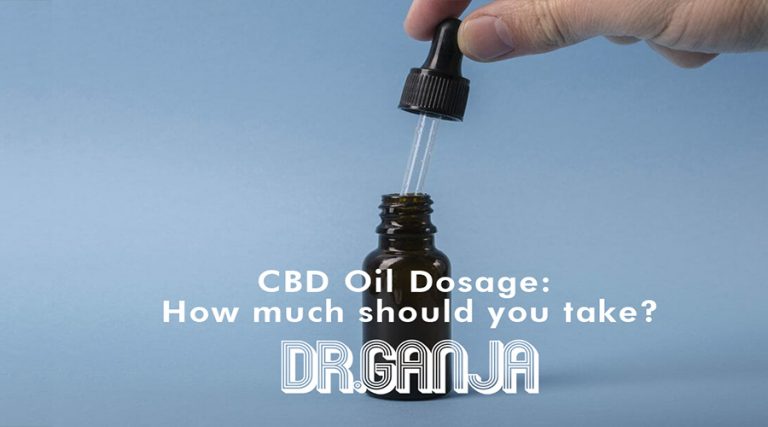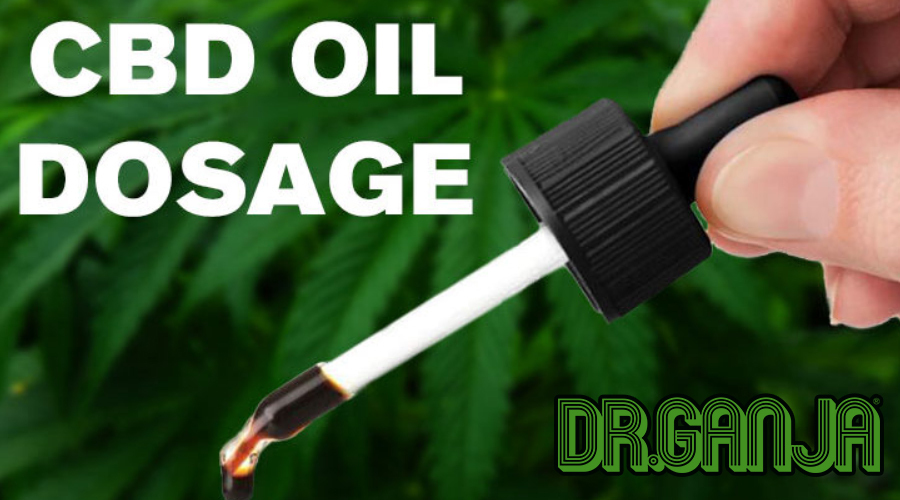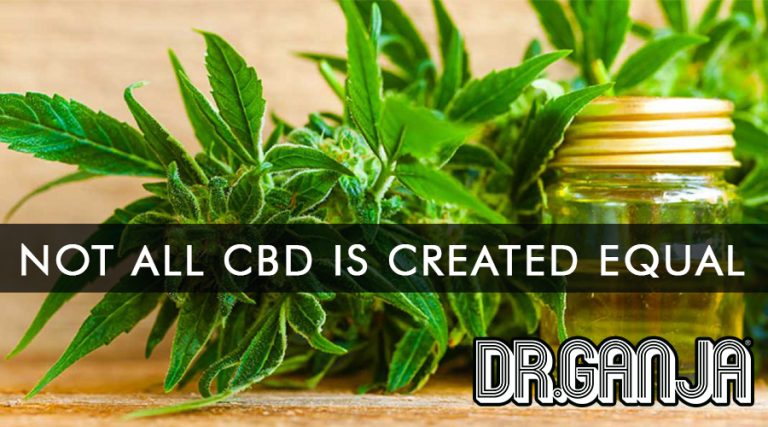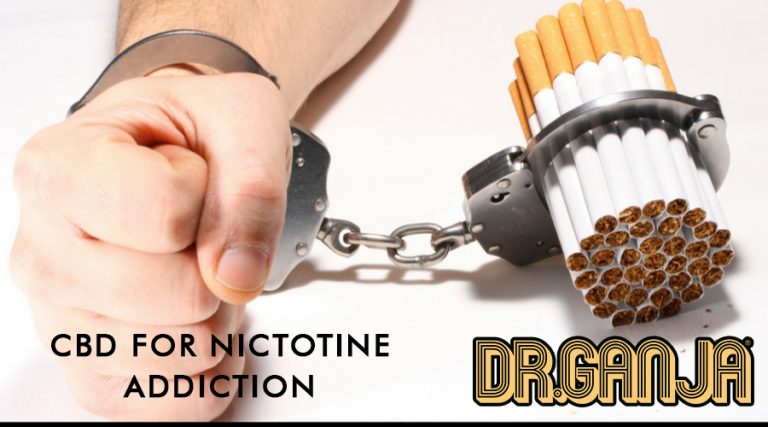Contents
- CBD Bath Bombs Are…The Bomb – A Quick Dive Into The CBD Sensation
- Why Take Warm Baths With CBD Bath Bombs?
- How Do I Use A CBD Bath Bomb?
- A Simple DIY CBD Bath Bomb Recipe
- Simple Ways To Add Spice To Your CBD Bath Bomb Recipe
- Could You Control A CBD Bath Bomb’s “Fizz Rate?”
- CBD Isolate vs. CBD Oil – What Works Better In A Bomb?
- CBG Bath Bombs – Is This For Real?
- Soothe Your Strains With Dr. Ganja’s CBD Bath Bombs
CBD Bath Bombs Are…The Bomb – A Quick Dive Into The CBD Sensation
Bath bombs are a fantastic way to add some fizz to your tub treatment. But do you know what would make bath bombs even better? That’s right: CBD! Given the worldwide popularity of this non-intoxicating cannabinoid, it’s no surprise that many contemporary bath bombs include generous traces of CBD. Today, everyone could easily enjoy a sweet-smelling “CBD soak.”
Want to learn more about the CBD bath bomb bonanza? Keep reading to find out more info on the potential benefits of these bath bombs. In this post, we’ll also share a DIY CBD bath bomb recipe you could try at home.
Why Take Warm Baths With CBD Bath Bombs?
Warm baths are far from self-indulgent pampering sessions. Indeed, recent scientific research strongly suggests soaking in a hot tub might supercharge your health.
For instance, research out of Japan found that middle-aged patients who regularly took hot baths had a significantly lower risk of stroke and heart disease. Another fascinating study out of Germany suggested hot tubs had a better effect on mood than aerobic exercise.
So, it’s safe to say warm baths are pretty awesome on their own. However, adding a CBD bath bomb might add a further layer of relaxation.
Besides adding aromatics to your bath, CBD bath bombs might help deepen your sense of serenity. Interestingly, recent research suggests we have cannabinoid receptors on our skin. This means our pores might be able to absorb CBD from a bath bomb.We still don’t know all the intricacies of how CBD interacts with our skin, but there is some evidence that suggests it may have an anti-inflammatory effect. People with everyday aches and pains often notice a significant improvement after a CBD bath. Plus, some data suggests CBD might have a beneficial impact on common skin conditions like acne and psoriasis.
How Do I Use A CBD Bath Bomb?
Using a CBD bath bomb couldn’t be simpler. All you have to do is fill your bath with plenty of hot water and then place the bomb in the water. You should immediately start to hear a “sizzle” and see bubbles forming in the tub. Depending on what bath bomb you’re using, you might also smell pungent flavors like citrus or mint.
To experience the full benefits of your CBD bath bomb, we recommend staying in the tub for at least 25 minutes. After all, this is a relaxation session; take some time to savor the moment!
A Simple DIY CBD Bath Bomb Recipe
Although Dr. Ganja offers plenty of pre-made CBD bath bombs, we understand everyone has unique preferences. If you don’t see a CBD bath bomb that suits your needs, that doesn’t mean you can’t enjoy this relaxing experience. Indeed, there are many easy ways you could create bath bombs with your preferred aromatics and CBD intensity.
Below, we’ll detail a basic CBD bath bomb recipe that you could use as a template.
CBD Bath Bomb Ingredients
- 8 ounces of baking soda
- 4 ounces of cornstarch
- 4 ounces of Epsom salt
- 4 ounces of citric acid
- 3 tablespoons of coconut oil
- ~2 ml of CBD oil or ~20 mg of CBD isolate powder
- 1 tablespoon of water
- At least five bath bomb molds
CBD Bath Bomb Recipe Directions
Once you’ve gathered all of the above ingredients, melt the coconut oil in the microwave until it reaches a liquid consistency. Add this coconut oil to a mason jar or a medium-sized measuring cup.
If you’re using CBD oil, then you should mix your preferred potency into the coconut oil. Although we suggest 2 ml, play around with different intensities until you find what suits your needs. You should also add the tablespoon of water to your oil.
Next, mix all of the dry ingredients (i.e., citric acid, baking soda, Epsom salt, and cornstarch) in a separate bowl. If you’re using CBD isolate powder rather than CBD oil, this is where you would place your CBD.
Now that you’ve got everything prepared, it’s time to slowly mix the wet ingredients into the powder. The crucial word here is “slowly.” If you pour in the coconut oil too fast, you’ll cause the citric acid and baking soda to bubble. Only place a few drops of oil into your bowl and whisk for at least 30 seconds before adding more.
When you’ve finished incorporating all of your oil into the dry ingredients, you should notice the powder has a “coarse sand” texture. Fill each side of one bath bomb mold to the brim with the powder. Firmly press the two molds together and let this mixture sit for at least one night.
On the following morning, carefully twist off your molds and remove your CBD bath bomb. To preserve their potency, store your CBD bath bombs in airtight containers or plastic bags in a reliably dry area.
FYI: Dr. Ganja offers both CBD isolate powder and CBD oils for sale. Be sure to click this link if you’re interested in CBD isolate or this link to browse our CBD oil catalog.
Simple Ways To Add Spice To Your CBD Bath Bomb Recipe
As mentioned above, our CBD bath bomb recipe only contains the bare minimum necessary to make a bath bomb. Although you’ll enjoy Epsom salt and CBD’s effects with this mix, it won’t provide the fragrant flavors many customers crave. Thankfully, there are plenty of easy ways to add some color and aroma to your beautiful bath bombs.
For instance, consider adding a few teaspoons of your favorite essential oil to the wet ingredients. There are many fantastic oils available, but here are a few trendy suggestions to inspire your imagination:
- Lemongrass oil
- Eucalyptus oil
- Peppermint oil
- Rosemary oil
- Lavender oil
- Ginger oil
In addition to essential oils, many people like to add a splash of food coloring to their wet ingredients. Food coloring makes your bath bombs breathtaking to behold, and it could help you distinguish between different aromas.
How many drops of food coloring you add depends on how dark you want the color to appear. Usually, you’ll notice a subtle shade with 5 – 10 drops. If you use 15 – 20 drops, however, you’ll notice a deeper hue.
Note: if you’re using CBD oil, you might notice a few splotches of yellow on your final bath bomb. Although this doesn’t change the bomb’s effects, some people don’t like these slightly jarring patches. The best way to mask these “CBD stains” is to use 20 drops of dark food coloring like blue or green.
Could You Control A CBD Bath Bomb’s “Fizz Rate?”
If you find that your CBD bath bombs are dissolving too fast for your taste, here’s an easy way to adjust its “fizz rate:” add more cornstarch. Remember, the active ingredients are citric acid and baking soda. The only substance that’s buffering this chemical reaction is cornstarch. Hence, adding more cornstarch slows the rate of “fizziness.”
Experiment with adding cornstarch by 2 ounces and see if the bath bomb sizzles at a steadier rate. If you want a long-acting CBD bath bomb, bump up the cornstarch to a max of 8 ounces.
CBD Isolate vs. CBD Oil – What Works Better In A Bomb?
You could use either CBD oil or CBD isolate to create a successful CBD bath bomb. However, that doesn’t mean these two products are interchangeable.
The most significant difference between these products has to do with purity. CBD isolate powders are as close to 100 percent CBD you’ll ever find. CBD oils, on the other hand, have varying degrees of purity. Indeed, many full-spectrum CBD oils include secondary hemp cannabinoids, terpenes, and flavonoids.
The benefit of using these full-spectrum oils is that you might experience the “entourage effect.” People who support the entourage effect theory posit that the compounds naturally present in hemp work synergistically to create a more profound therapeutic benefit.
Although the entourage effect is a big draw for some, others prefer the purity of CBD isolate powder. Plus, since CBD isolate is odorless and tasteless, you don’t have to worry about trace terpenes clashing with your essential oils.
CBG Bath Bombs – Is This For Real?
Even though CBD is having its moment in the sun, that doesn’t mean there aren’t other non-intoxicating cannabinoids worthy of attention. For instance, the cannabinoid cannabigerol (CBG) is already causing quite a commotion in cannabis enthusiast circles.
Interestingly, CBG in its acidic state is the precursor to CBD and THC. As the hemp plant matures, however, CBG-A tends to break down into CBD-A, which means there’s little CBG left when hemp is harvested.
However, due to the recent surge in demand, many cultivators are deliberately harvesting cannabis early to squeeze out maximum CBG content. You can even find a few CBG isolate powders and oils on Dr. Ganja’s website.At this point, we still don’t know a great deal about CBG’s healing potential, but it does seem to have anti-inflammatory benefits. If you’re interested in testing CBG’s effects, you could easily add one of our CBG products to your bath bomb in lieu of CBD.
Soothe Your Strains With Dr. Ganja’s CBD Bath Bombs
Even though making DIY CBD bath bombs isn’t challenging, it could feel like a chore if you want immediate relaxation. Luckily for all you lazy folks, Dr. Ganja now has a fantastic pre-made CBD bath bomb catalog. Whether you want a formula to help you sleep, boost your immunity, or rejuvenate your senses, you’ll find a brilliant CBD bath bomb blend on our website. For more details on our CBD bath bomb catalog, be sure to click this link.

